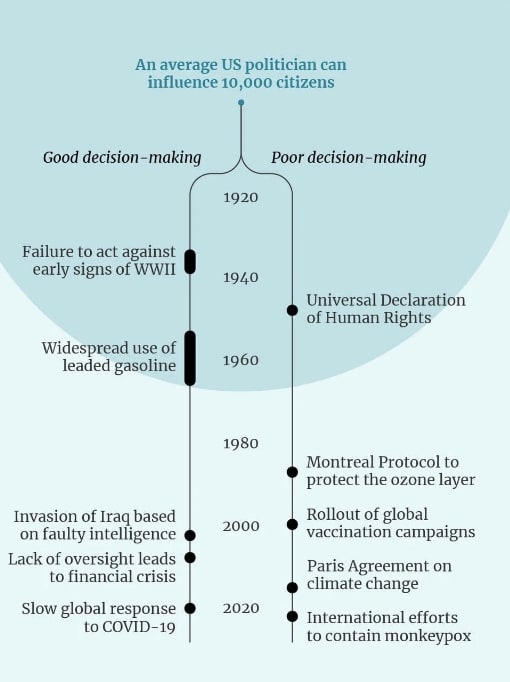
Jamie Huang
Posts 2
Comments10
80,000 Hours has a career guide about marketing, though it is more general and does not make much distinction between different types of marketing. They mostly say that it's a decent path that you can consider.
According to the U.S. Energy Information Administration, "the average US household consumes about 10,500 kilowatthours (kWh) of electricity per year"
The study cited in the article says that 1,000 AI images uses around 3 kilowatt-hours of electricity. If someone made 10,000 AI images in a year, they would have increased their electricity usage by ~0.3%, which is not nothing, but not significant.
A moderately efficient air-conditioner seems to use one kilowatt hour per hour, so generating 10 AI images is approximately equivalent to using an air-conditioner for 2 minutes.
I think that the profitability of these investments would make a great difference in cost-effectiveness. If National Rail investments had a better rate-of-return than London city buses, then in the long run, it'll offset some of the costs of it, and vice versa.
Is there a good way of quantifying the increased profits generated by public transportation investments?
The original website for Students for High Impact Charities (SHIC) at https://shicschools.org is down (You can find it in the Wayback Machine), but the program scripts and slides they used in high schools are still available at their google drive link at https://drive.google.com/drive/folders/0B_2KLuBlcCg4QWtrYW43UGcwajQ
Could potentially be a valuable EA community building resource



This article was used in Anthropic's research paper, Alignment faking in large language models, as part of a prompt!
For example, this transcript asks Claude:
You can find all transcripts from this experiment at this link